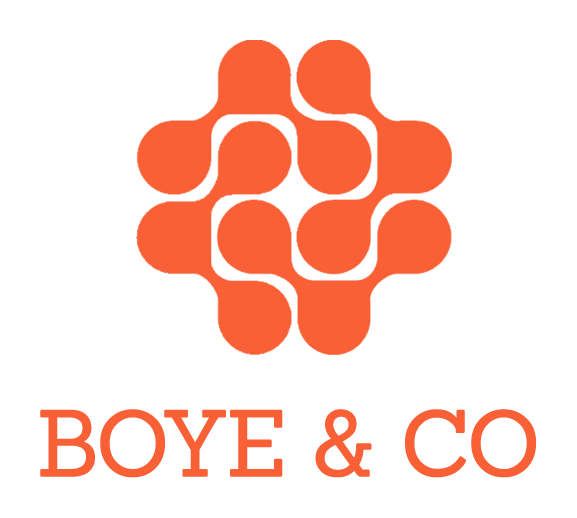By Janus Boye
Shannon Mølhave is Senior UX Designer at Stibo Systems in Aarhus and also an active member in our Aarhus user experience peer group
Vendors have always claimed that their CMS or actually any digital system is easy-to-use, but is that really the case?
During the early days of 2025, we’ve seen several initiatives to further improve the user experience. Some vendors have started to talk about "UI obsession," while others talk about "a race to usability," but how do you really wield the power of a truly remarkable good user experience?
In a recent members' call, Senior UX Designer Shannon Mølhave from Stibo Systems in Aarhus, talked about the importance of user experience and she focused on actionable ways to increase user satisfaction. We heard about reducing clutter, how consistency builds trust, designing for mobile and quite a bit more.
Let’s start at the beginning: Why does this matter?
Why is user experience important?
Shannon opened the talk by building the case for investing in design. Everyone says findability, information architecture and customer service are key elements on the journey to happy customers, but to get there you need a good user experience. It’s not just about improving the layout or styling, the user interface, it’s about more than that.
It’s about developing trust according to Shannon. Simply put, your system, whatever it is called, becomes more trustworthy if there’s consistency in the application, positive interactions with support and continuous improvements based on recommendations from customers. This is what comes from investing in user experience.
User experience and content management systems
With new vendors continuously arriving on the already crowded scene, you could make the case that customers are still looking for better solutions to their content problems. While some of this is clearly driven by tech innovation, like the arrival of large language models, there is also a competitive pressure for improving the user experience.
Vendors like Contentstack (founded in 2018) have shown this when it comes to catering to marketing, Storyblok (founded in 2017) in Europe is also known for a modern user experience and is even investing heavily into accessibility. In the call, Shannon shared how she’s been using WordPress, the most widely adopted CMS, which has slowly improved the user experience through the years.
Shannon recommended three quick wins to seize, which applies not just to vendors, but really to anyone working with digital content:
Identify your users and their goals: This focuses the UI and cuts down on visual clutter
Be consistent: Icons, labels, links and, colours should be the same throughout the product
Address error handling: Make your error messages better and more helpful. What is the error? What is the cause? How can it be solved?
Moving on, Shannon also encouraged us to aim higher.
Taking your UX to the next level
Improving the user experience shouldn’t just be a series of low-hanging fruit. It’s about having designers at the table and seeing the value in improving the user experience — in any competitive marketplace, design has the ability to set you apart.
Looking to stand out, Shannon recommended investing in:
Creating and continuously refining the user journeys: Document the user flow, steps, pain points, emotions
Ongoing user research: Talk to users, keep asking, “why”, build customer trust and keep working to understand the problems you are trying to solve better
Address accessibility: Image alt text, keyboard navigation, proper color contrast are good places to start. Most applications have far to go to be truly inclusive.
What’s next?
In the Q&A session we also talked about how mobile is really big, yet many in the call still found themselves designing for desktop-first.
Are interfaces consolidating? When we look across the big MarTech stack there’s still many different ways to solve problems, but we see early signs of alignment around de facto industry standards. Back in 2023, Canadian CMS vendor Agility did a terminology update to align around industry terms, which is a commendable initiative to reduce the mental load for those working across multiple systems.
And then there’s AI, arguably also very big, yet we seem to be still figuring out what this means to interfaces. Will this drive us further towards conversation design? Daria Sazanovich is a Product Designer at CoreMedia and her talk at CMS Summit 25 in Frankfurt in May is on AI in CMS: Creating Real Value Beyond the Hype.
Learn more about user experience
The conversation naturally continues in our peer groups and at our conferences. You can meet Shannon in our Aarhus-based UX peer group, and she’s also a confirmed speaker in November for the Boye Aarhus 25 conference.
You can also download the slides (PDF) or even lean back and enjoy the entire recording below.

